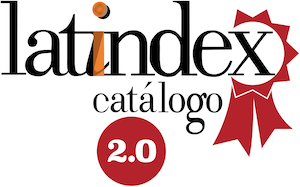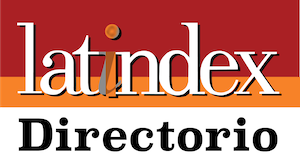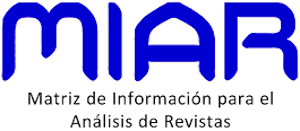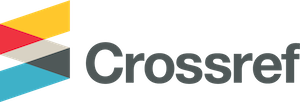Clinic case: cleft palate and its influence on the oral cavity functions
DOI:
https://doi.org/10.32645/13906925.908Keywords:
cleft palate, oral rehabilitation, articulatory exercises, speech, bucorphonatory praxiasAbstract
The cleft palate occurs when the palate does not close completely but leaves an opening that canextend from the anterior part of the mouth (hard palate) to the throat (soft palate). According to theSmile Operation Foundation every 3 minutes, a child with a cleft lip and / or cleft palate is born. The case is presented in a male patient of eight years of age with unilateral cleft lip and fistula on the hard palate at the level of the middle third and is a carrier of orthopedic appliances (Hairax plate) for transverse bone expansion, two palatoplasties and a cheiloplasty have been performed. The level of phonetic articulation of the language was diagnosed through the instruments Oral Language Assessment and Speech Algorithm. Once the dental and linguistic diagnosis was made, the intervention procedures were determined, the patient was rehabilitated dentally and he participated in 18 ordinary sessions and 10 reinforcement sessions (phonemes / t /, / s /, / f / and / Ä /) of exercises to improve the bucofonatory praxias in the pronunciation of the phonemes in which problems are evident. After the intervention, the patient obtained a high average range in the tests mentioned above, confirming that exercise breathing and articulatory muscles of the oral cavity helps improve the patient"™s speech function. It is concluded that to fully rehabilitate a patient must have a correct diagnosis and treatment both dental and linguistic before and after the surgical intervention.
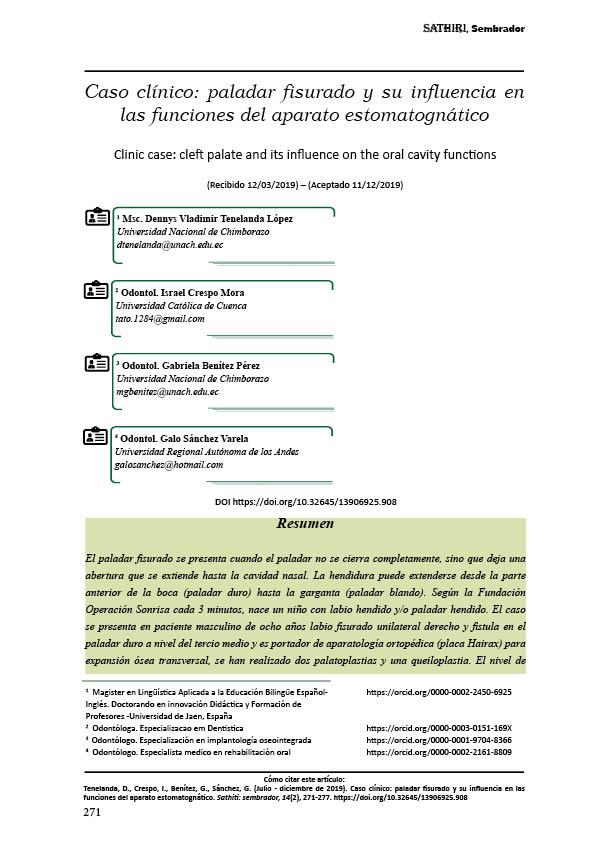
Downloads
Published
Issue
Section
License
Copyright (c) 2019 Dennys Vladimir Tenelanda López, Israel Crespo Mora, Gabriela Benítez Pérez, Galo Sánchez Varela

This work is licensed under a Creative Commons Attribution-NonCommercial-NoDerivatives 4.0 International License.
El autor mantiene los derechos morales e intelectuales de su obra, autorizando a la editorial de la revista Sathiri la difusión y divulgación de su contenido con fines estrictamente académicos y de investigación, sin fines de lucro. Así mismo, se autoriza que la obra sea descargada y compartida con otras personas, siempre y cuando no sea alterada y se reconozca su autoria.








